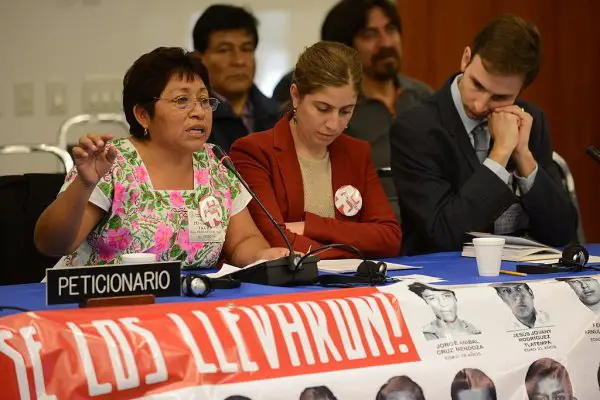How This Indigenous Beekeeper Fought Monsanto To Save Native Bees And Won
Tags: News

Leydy Pech is an indigenous Mayan beekeeper who led a coalition that prevented Monsanto from planting GMO crops in seven states of Mexico.
In the tropical forests of Mexico’s Yucatan Peninsula, beekeeping is an indigenous practice with over 3000 years of history. Local bee populations are endangered species that rely on local plants. In 2012, the Mexican government granted a permit to grow genetically modified soy in seven southern Mexican states. Six thousand acres of biodiverse forests were cleared to make room for GMO soy cultivation. The deforestation caused a decline in bee populations. Leydy brought together a coalition of beekeepers, environmentalists, and community organizations. They discovered that the permits issued to Monsanto were illegal. Mexico has an international treaty that protects indigenous populations, and any project that endangers them is against the law. This formed the basis for the legal action against Monsanto led by Leydy Pech.
Leydy says that the biotech giant confronted her and other coalition activists, threatened them and attempted to silence them.
She said: “I didn’t feel afraid, because as a Mayan woman, I know I’m able to fight”
In a landmark decision, Mexico’s Supreme Court suspended Monsanto’s permits to grow GMO soy. However, Ledye mentioned that due to corruption, the planting did not stop. People in the region began getting sick, and the use of pesticides was the most likely reason. Leydy learned that water and soil were contaminated with dangerous chemicals.
Leydy and other members of the activist coalition spent about five years gathering evidence against Monsanto, and finally, they succeeded in winning the court battle, leading the Mexican government to revoke Monsanto’s GMO crop permits.
Make sure you check out our new, free online masterclass, called: How To Turn Your Life Around And “Escape The Matrix”
click here
Image credit: Comisión Interamericana de Derechos Humanos from Washington, CC BY 2.0, via Wikimedia Commons
Leave Comment: